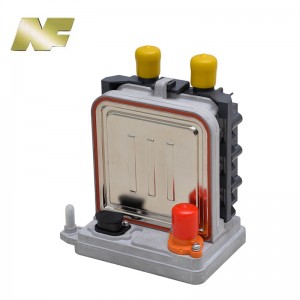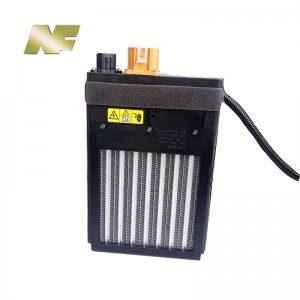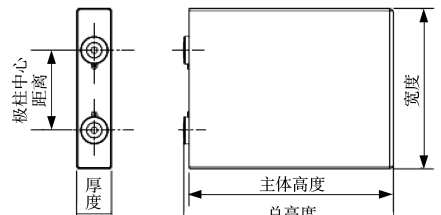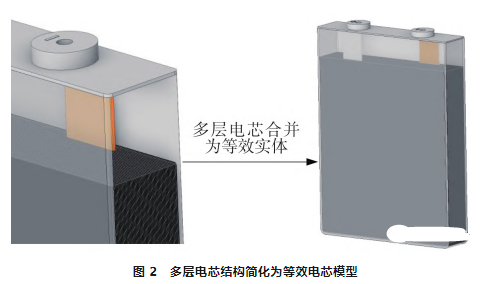With the increase in the sales and ownership of new energy vehicles, fire accidents of new energy vehicles also occur from time to time. The design of thermal management system is a bottleneck problem restricting the development of new energy vehicles. Designing a stable and efficient thermal management system is of great significance for improving the safety of new energy vehicles.
Li-ion battery thermal modeling is the basis of Li-ion battery thermal management. Among them, heat transfer characteristic modeling and heat generation characteristic modeling are two important aspects of lithium-ion battery thermal modeling. In existing studies on modeling the heat transfer characteristics of batteries, lithium-ion batteries are considered to have anisotropic thermal conductivity. Therefore, it is of great significance to study the influence of different heat transfer positions and heat transfer surfaces on the heat dissipation and thermal conductivity of lithium-ion batteries for the design of efficient and reliable thermal management systems for lithium-ion batteries.
The 50 A·h lithium iron phosphate battery cell was used as the research object, and its heat transfer behavior characteristics were analyzed in detail, and a new thermal management design idea was proposed. The shape of the cell is shown in Figure 1, and the specific size parameters are shown in Table 1. Li-ion battery structure generally includes positive electrode, negative electrode, electrolyte, separator, positive electrode lead, negative electrode lead, center terminal, insulating material, safety valve, positive temperature coefficient (PTC)(PTC Coolant Heater/PTC Air Heater) thermistor and battery case. A separator is sandwiched between the positive and negative pole pieces, and the battery core is formed by winding or the pole group is formed by lamination. Simplify the multi-layer cell structure into a cell material with the same size, and perform equivalent treatment on the thermophysical parameters of the cell, as shown in Figure 2. The battery cell material is assumed to be a cuboid unit with anisotropic thermal conductivity characteristics, and the thermal conductivity (λz) perpendicular to the stacking direction is set to be smaller than the thermal conductivity (λ x, λy ) parallel to the stacking direction.




(1) The heat dissipation capacity of the lithium-ion battery thermal management scheme will be affected by four parameters: the thermal conductivity perpendicular to the heat dissipation surface, the path distance between the center of the heat source and the heat dissipation surface, the size of the heat dissipation surface of the thermal management scheme, and the temperature difference between the heat dissipation surface and the surrounding environment.
(2) When selecting the heat dissipation surface for thermal management design of lithium-ion batteries, the side heat transfer scheme of the selected research object is better than the bottom surface heat transfer scheme, but for square batteries of different sizes, it is necessary to calculate the heat dissipation capacity of different heat dissipation surfaces in order to Determine the best cooling location.
(3) The formula is used to calculate and evaluate the heat dissipation capacity, and the numerical simulation is used to verify that the results are completely consistent, indicating that the calculation method is effective and can be used as a reference when designing the thermal management of square cells.(BTMS)
Post time: Apr-27-2023




